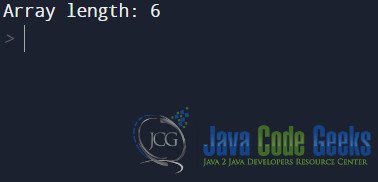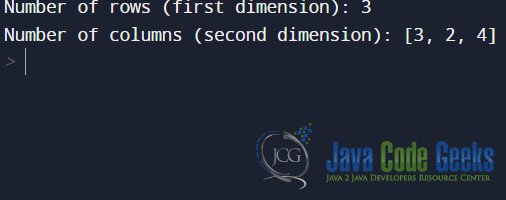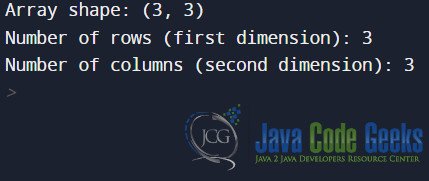Python Array length
In Python, an array is implemented using a list, and you can determine its length using various methods and functions. In this guide, we will explore different ways to find the length of an array in Python.
1. Introduction
Arrays are fundamental data structures used to store collections of elements in Python. The length of an array refers to the number of elements it contains. Knowing the length of an array is crucial in various programming scenarios, such as iterating through elements, accessing specific elements, or performing numerical computations.
2. Using the len() function
The most straightforward and commonly used method to find the length of an array in Python is by using the built-in len() function. The len() function takes an iterable as an argument and returns the number of elements in it.
# Example array
my_array = [1, 2, 3, 4, 5]
# Finding the length of the array using len() function
array_length = len(my_array)
print("Array length:", array_length)
Output:
The len() function works for any iterable, including lists, tuples, strings, and dictionaries.
2. Using the Numpy library
If you are working with large numerical arrays and need more advanced functionality, you can use the numpy library, which is a popular package for scientific computing in Python.
First, make sure you have numpy installed. If you don’t have it, you can install it using pip:
pip install numpy
Now, let’s see how to find the length of an array using numpy.
import numpy as np
# Example array
my_array = np.array([10, 20, 30, 40, 50])
# Finding the length of the array using numpy's size attribute
array_length = my_array.size
print("Array length:", array_length)
Output:
Using numpy can be advantageous when dealing with large datasets, as it provides optimized array operations and numerical computations.
3. Using a custom function
If you prefer a more hands-on approach, you can create a custom function to find the length of an array. Here’s a simple function that iterates through the array and counts the elements:
def custom_array_length(arr):
length = 0
for _ in arr:
length += 1
return length
# Example array
my_array = [4, 8, 15, 16, 23, 42]
# Finding the length of the array using the custom function
array_length = custom_array_length(my_array)
print("Array length:", array_length)
Output:
Though using the built-in len() function or numpy is more efficient, creating a custom function can help you understand the underlying logic better.
4. Handling multi-dimensional arrays
In Python, you can have multi-dimensional arrays, commonly represented as lists of lists or using numpy arrays. Finding the length of multi-dimensional arrays requires a slightly different approach.
4.1. Using len() with lists of lists
With lists of lists, you can use the len() function to find the number of rows (outer list length), which represents the first dimension of the array. However, you need to be careful as lists within the outer list may have different lengths.
# Example multi-dimensional array (list of lists)
my_array = [[1, 2, 3], [4, 5], [6, 7, 8, 9]]
# Finding the number of rows using len()
num_rows = len(my_array)
print("Number of rows (first dimension):", num_rows)
# Finding the number of columns (second dimension) using len() for each row
num_cols = [len(row) for row in my_array]
print("Number of columns (second dimension):", num_cols)
Output:
4.2. Using shape attribute with numpy arrays
For numpy multi-dimensional arrays, you can use the shape attribute, which returns a tuple representing the dimensions of the array.
import numpy as np
# Example multi-dimensional array using numpy
my_array = np.array([[11, 12, 13], [21, 22, 23], [31, 32, 33]])
# Finding the shape of the array using shape attribute
array_shape = my_array.shape
print("Array shape:", array_shape)
# Finding the number of rows (first dimension)
num_rows = my_array.shape[0]
print("Number of rows (first dimension):", num_rows)
# Finding the number of columns (second dimension)
num_cols = my_array.shape[1]
print("Number of columns (second dimension):", num_cols)
Output:
5. Conclusion
Knowing the length of an array is a fundamental operation in Python and is essential for various programming tasks. You can use the len() function for general arrays and lists or opt for the numpy library for advanced numerical operations and multi-dimensional arrays. Additionally, you can create custom functions for finding the length, but be aware of potential performance implications.
Remember to choose the method that best suits your specific use case, taking into consideration the size and complexity of your arrays and the required computational efficiency.
6. Download the Source Code
This was an example of how to extract an Array length in Python!
You can download the full source code of this example here: Python Array length







